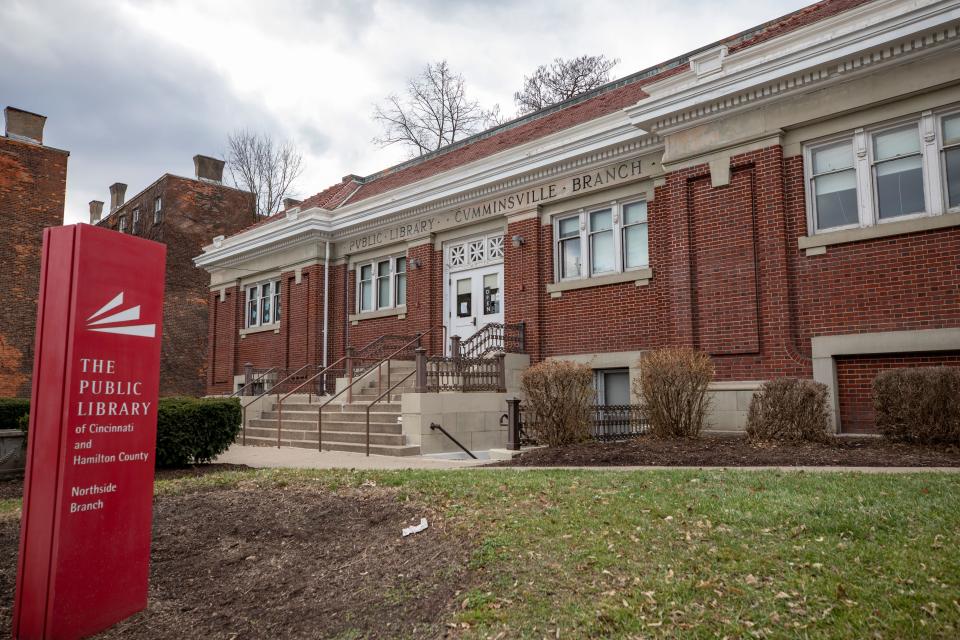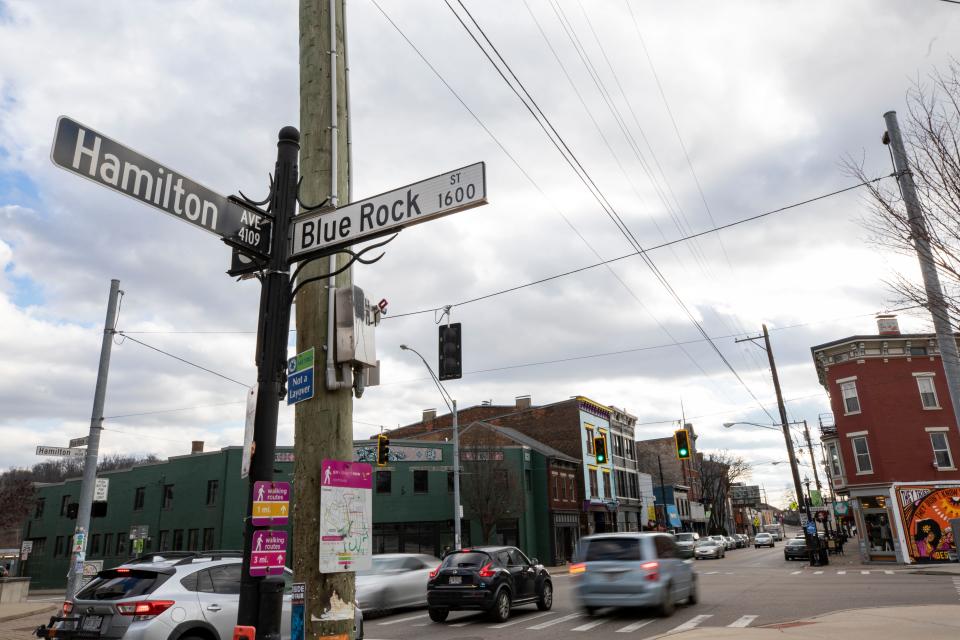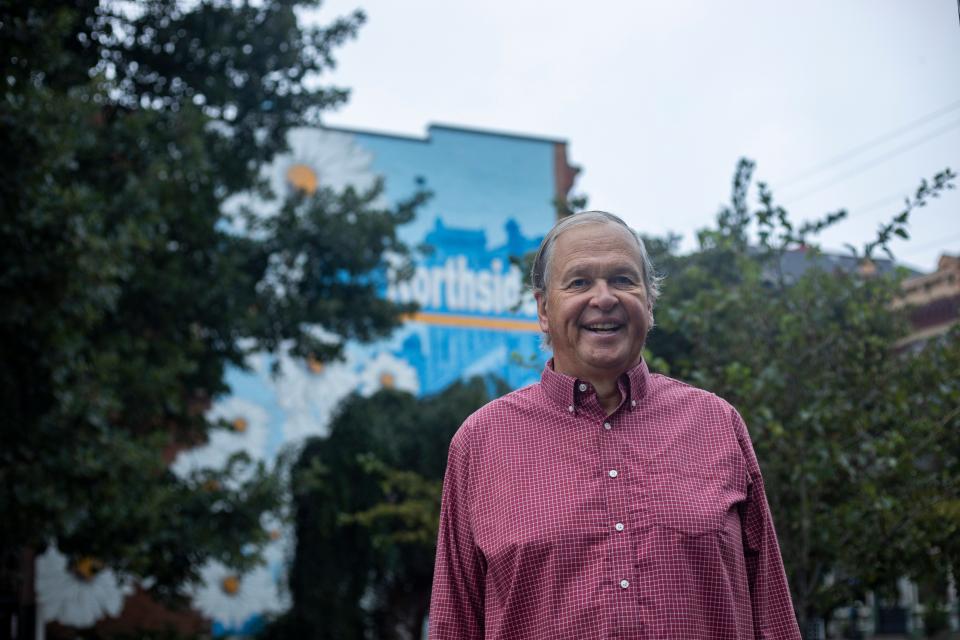North of what, exactly? 4 things you didn't know about Northside
Today, we know Northside as a couple of things.
For some, it's a city hub for the LGBTQ community. For others, it's a business district with an eclectic mix of breweries, bars and retail and generally one of the more alternative neighborhoods of Cincinnati.
But it wasn't always that way. The neighborhood has come a long way through the years, from its annexation to the Queen City, to its cultural shift through the centuries.
It started with immigrants and a set of railroad tracks. Here are a four facts about the neighborhood and how it came to be.
1. Northside: A community 'north of the tracks'
Now, Northside is north of South Cumminsville. That came after the time when both were the same municipality, Cumminsville.
The term Northside came from "north of the tracks." Rails ended up being the blueprint of a lot of Cincinnati's neighborhoods, but in the case of Cumminsville, it was a divider between two groups within one community.
Cumminsville was founded in 1838 and annexed by Cincinnati in 1873. The tracks divided wealthier German settlers to the north and the less well-off Irish to the south, according to Tim Jeckering, former president of Northside Community Council.
"Not only was there an economic difference, but there was a social difference as well," Jeckering said. "There’s a real differentiation between what the Irish built and their trades, and the Germans brought their trades with them."
Architecture is also different around Blue Rock and Hamilton, known as Knowlton's Corner. Slanted buildings were formed around the railroad tracks, which went through that intersection.
It wasn't officially Northside until the early 1970s after Interstate 74 was built, further bisecting the neighborhoods.
2. The first Northside Fourth of July parade was in 1854
The Northside Fourth of July parade is an annual march southbound down Hamilton Avenue.
Jacob Hoffner is a namesake to Northside: Hoffner Park, the old Hoffner Hotel and more. He was a prominent landowner in the neighborhood and ended up donating a large tract of land to the downtown St. Joseph Orphanage.
On July 4, 1854, the coed orphanage and other organizations helped relocate the children by moving them along canal boats. Locals marched alongside the boats in support.
It's now known as the first parade, and the tradition continued into the 1960s before a six-year hiatus. Now, the parade happens every year (with another two-year hiatus during the COVID-19 pandemic).
3. Freethinkers have historically flocked to the neighborhood
The son of one of Cumminsville's original residents opened the Hall of Free Discussion off Chase Avenue. Its purpose was to invite discussions on controversial issues, like emancipation and women's suffrage. Northside was also known as a safe haven for Underground Railroad travelers.
"Gathering and discussing how to free slaves, how women should vote, were very liberal ideas for 1850," Jeckering said.
Jergens Park is named for Andrew Jergens. He was wealthy but picked Northside as the place where he'd build his estate because he wanted to live among blue-collar people in the working-class neighborhood.
Over a century later in the 1970s, artists seeking inexpensive housing flocked to Northside. It was integrated, with Blacks and white Appalachians living side by side.
"You didn’t have white flight because the houses were so little money anyway. The people living in the houses really didn’t have any economic means to go to the suburbs," Jeckering said.
4. Northside woman paved way for Black residents to use streetcars across US
A lawsuit originating from Northside set a legal precedent for Black residents to be able to use streetcars across the U.S.
Sarah Fossett, a Black woman, moved to Northside from Atlanta after receiving a cosmetology degree. She married a formerly enslaved man there, and the pair set up one of the first African American churches in the city.
One day in 1859, she was late getting to work and jumped on the streetcar, prohibited from Black residents. The conductor tried to push her out and she was dragged several blocks from outside the tram.
She survived the incident and sued the Cincinnati streetcar company in court, and won. It served as a base case for Black people to ride streetcars across the nation.



This article originally appeared on Cincinnati Enquirer: Northside Cincinnati: How the neighborhood came to be

